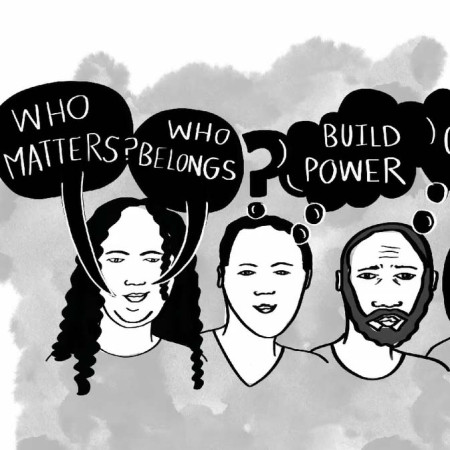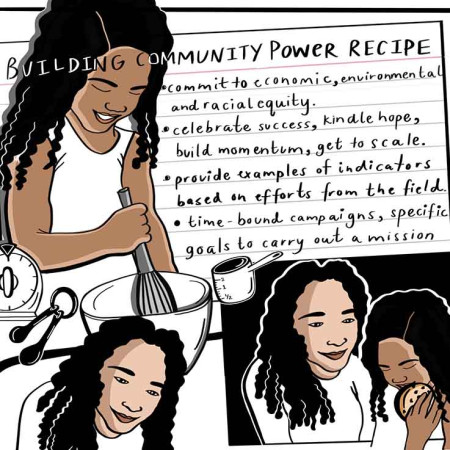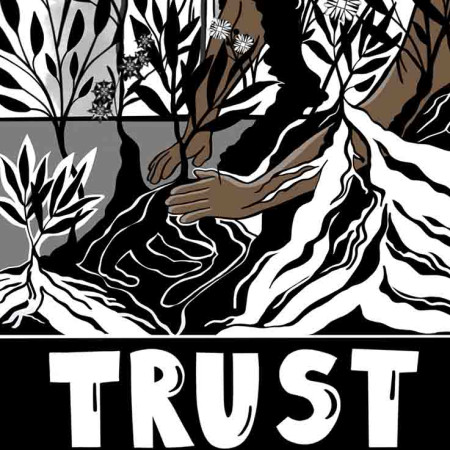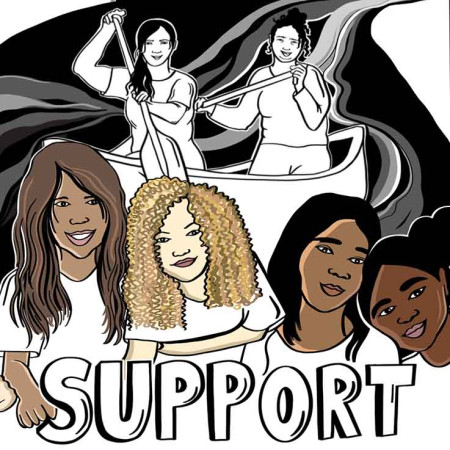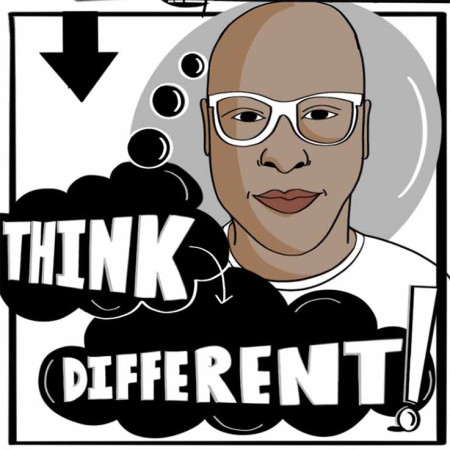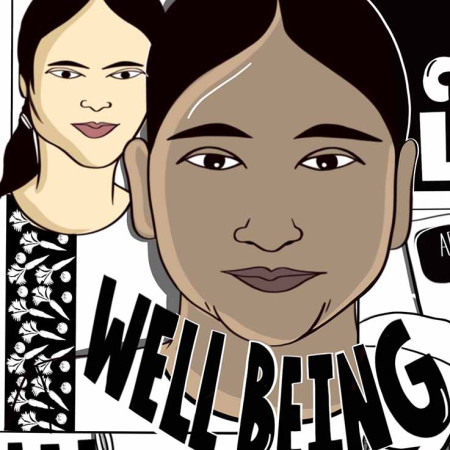-
sponsored
Voices of Power Builders
Advice on increasing support for community power building from power builders and funders
-
sponsored
Thinking About the Long Term With Philanthropic Power Building
To take part in transformative social change, philanthropists must think toward a future in which their own centrality is diminished.
-
sponsored
Measuring Progress Toward Community Power
How to disentangle the different scales through which organizations build their capacity
-
sponsored
Transforming Foundation Learning and Evaluation Into a Power Building Strategy
To build shared decision-making, foundations must put aside narrow definitions of rigor and embrace new understandings of accountability.
-
sponsored
Building Power in Rural and Tribal Communities
For all the formidable obstacles we faced in building the power of some of California’s most vulnerable residents, our experiences in isolated Del Norte County demonstrate what philanthropic support can do.
-
sponsored
Supporting Advocacy Ecosystems to Build Power
Building power for the long term, means going beyond “The Win.”
-
sponsored
Building Youth Power
Funding youth organizing groups can engage and empower young people through transformative political socialization.
-
sponsored
Building Power for Healthy Communities
A decade of learning about power building from The California Endowment’s “Building Healthy Communities” initiative
-
sponsored
A New Framework for Understanding Power Building
Lessons from electoral campaigns that built power for structural change
-
sponsored
Strategy and Power Building
What the progressive movement can learn from military strategy

sponsored
Building People Power
“Power without love is reckless and abusive, and love without power is sentimental and anemic. Power at its best is love implementing the demands of justice, and justice at its best is power correcting everything that stands against love.”―Dr. Martin Luther King, Jr.
Since the founding of the United States, generations of structural racism and inequity have denied marginalized communities the power to determine the conditions and opportunities and contributed to poverty, inequality, and injustices. “Power building” works to support communities to organize, advocate, agitate, and gain power to influence government, markets, and society. As we’ve explained in “Philanthropic Investment in People Power,” power building “presuppose[s] that sustainable shifts in the rights, benefits, and opportunities available to low-income and racial minority communities are possible only when those communities have the power and voice to secure the changes they seek.”
Support and financial investment in power building by people and communities are needed to change systems, laws, institutional policies and practices, distribution of resources, and cultural norms to achieve a multi-racial democracy and health for all. Foundations and donors can make a key difference in the effort to challenge structural racism and narrow economic inequality by investing in and supporting power building, especially by funding the infrastructure needed to support people power over the long term and in multiple arenas of change. Power building that builds infrastructure includes strengthening the skills of individuals and groups to coordinate and advocate together and creating networks of organizations that can act together around shared goals. Infrastructure that supports power building also includes communications, research data, and financing capacities that help grow and sustain community power.
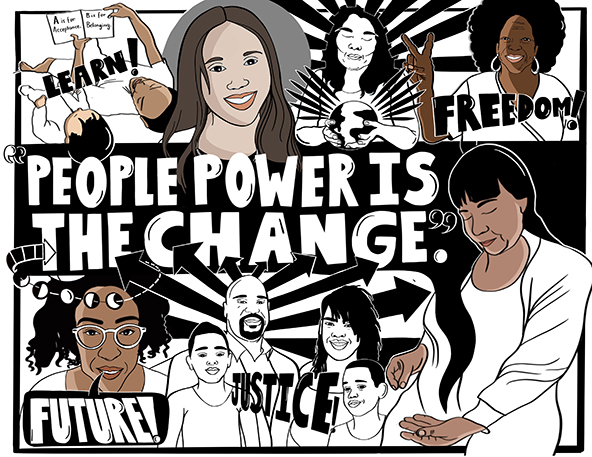
In this special in-depth series, sponsored by The California Endowment, power builders, scholars, and funders share lessons on how to build the power of communities and people. The series will describe the importance of philanthropic investments in supporting movements, as well as address specific ways in which foundations and donors can invest in and support community power building: policy advocacy, community change, leadership development, and youth organizing. Across this series, readers will find useful language and definitions, a theoretical framework describing how power building works, inspiring examples of success, and guidelines for assessing progress and impact.
We encourage readers to share, discuss, and respond to ideas and recommendations in the interactive comments section of each article.
(Series illustrations by Taslim van Hattum)


